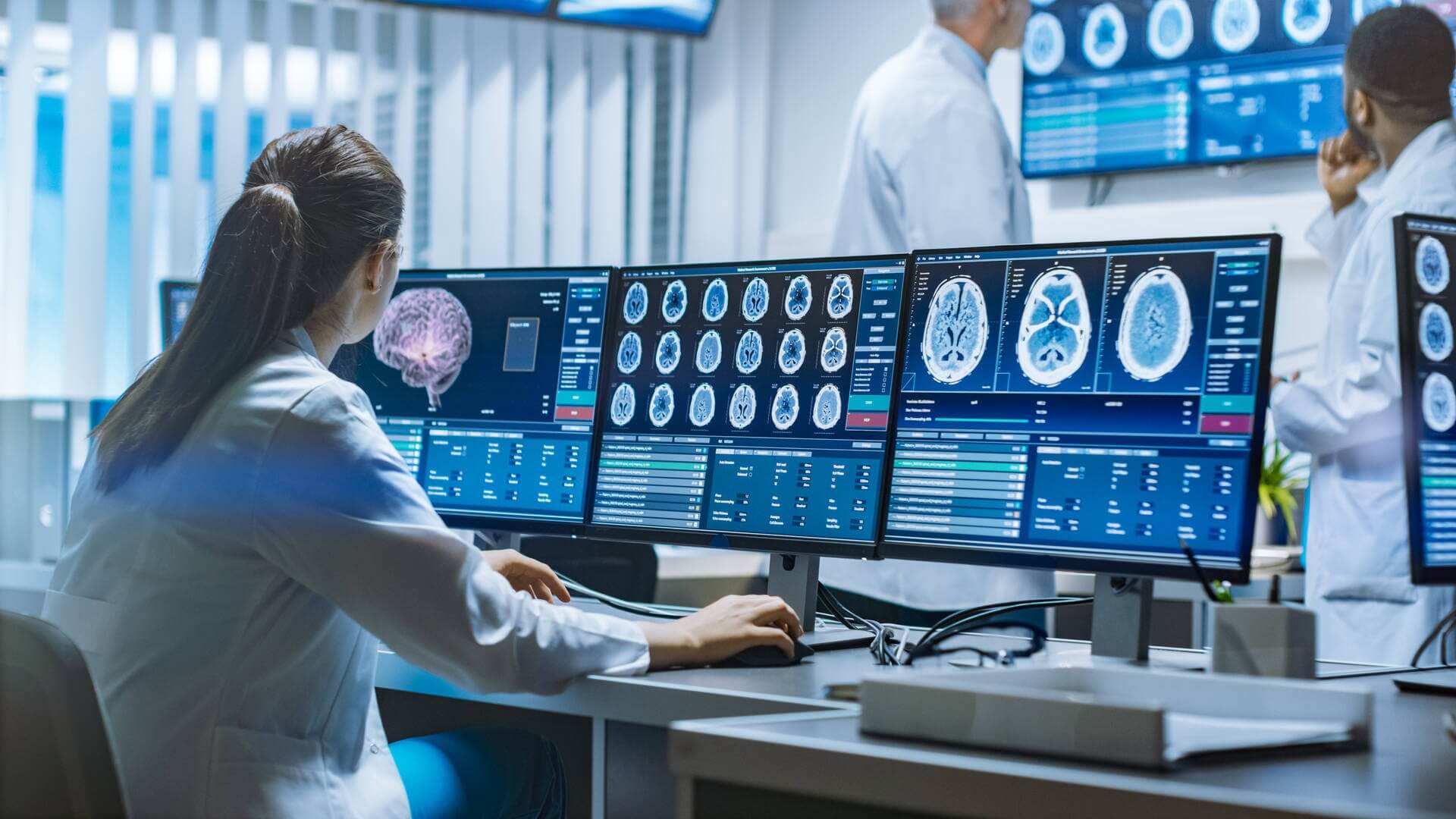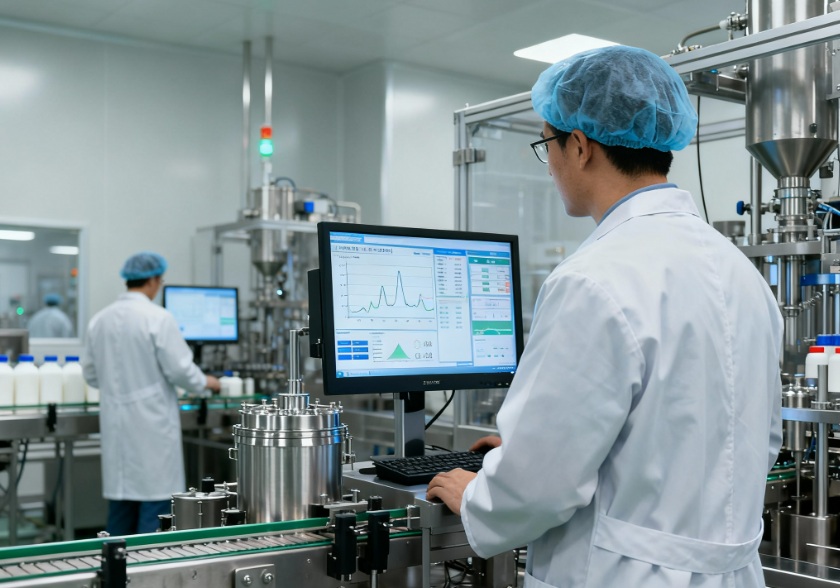Various industries are benefiting from advanced technology, including the medical sector. As health conditions begin to affect the quality of life, those in the medical industry need to find innovative means to diagnose and treat various diseases. Allotting monetary investment for advanced medical technology couldn’t be more urgent today for the following reasons.
1.Production Of Medical Devices
Developing advanced medical technology helps the invention of medical devices. They can be any instrument, appliance, device, software, or material manufacturers produce for medical use. Some examples are the KNF diaphragm liquid pump, laboratory equipment, and home devices such as blood glucose meters and digital blood pressure monitors.
Investing in advanced medical technology can help produce more solutions, primarily for diagnostics and medical devices for sustainable healthcare. More value is delivered to patients, healthcare professionals, and society in general through medical devices. Products are further enhanced to push for timely intervention and help save failing functions of the body.
2. Providing Improved Healthcare For Seniors
One of the primary causes for innovation in healthcare is that the population will continue to grow older. The more seniors there are, the more demand there will be for support from medical facilities, support systems, and bio-equipment. Authorities with the means of investing in various senior healthcare solutions can help make it easier for both the patients and the professionals who look after them.
Boosting technological advancements in healthcare can help seniors gain a semblance of normalcy. For example, they can be taught to use devices with notifications that remind them to take medication at specific times to help manage conditions. The possibility of avoiding medical emergencies is improved through remote health monitoring by a healthcare professional.
3. Continuous Support In Big Data For Healthcare
‘Big data in healthcare’ covers a vast ground for managing large data sets for analysing and processing key information. The more authorities can gather valuable data, the faster they can create policies and simplify healthcare processes.
The latest technological advancements can help enhance preventative care for individuals with a history of emergency room recurrence. Information technology (IT) service management can help medical professionals separate repeat visitors from regular patients and form personalised preventive measures.
These ‘frequent flyers’ will eventually keep themselves from returning to health facilities as they won’t need to anymore. Improvement in big data also helps minimise errors in record keeping regarding patient information.
4. Finding New Treatment For Various Conditions
Breakthroughs in the medical field continue to grow in numbers, including finding new solutions to help manage and treat conditions, like manage pain using non pharmacologic approaches. More investments coming from various sources can help further push the progress of creating solutions to other severe conditions.
Amongst the top 10 innovations of the year is a therapy that will help patients with Type 2 diabetes to control blood sugar. The treatment involves an injectable glucagon-like peptide receptor agonist, GLP-1, glucose-dependent insulinotropic polypeptide, or GIP. These receptors can help limit blood sugar spiking after eating meals. Another effect of the therapy is the feeling of fullness through the slow digestion of food.
Another medical discovery is an implantable computer for the brain to help overcome severe paralysis. The brain-computer interface technology is implanted in the form of electrodes. Signals are gathered, decrypted and transformed into commands of movement. The process helps restore voluntary movement impulses in patients.
5. Development Of Synthetic Organ Creation
Advanced technology is pushing the limits of medical science, and 3D printing is not simply for hobbies anymore. The health industry is using 3D bioprinting, covering a vast array of applications such as creating customised casts and prosthetics for the injured.
3D bioprinting has also been stepping up to help create artificial organs such as skin and cartilage. Soon, 3D bioprinting could help produce bone implants and limbs. It is also responsible for creating prosthetics and orthotics with the use of lightweight plastic through streamlined processes that make it more affordable for mass production.
3D bioprinting can also create tissue and organs by using living cells. A 3D bioprinter deposits the cells into a scaffolding, making it possible to create human tissues. Technology is showing potential and so much promise. It has a long way to go before producing a fully functioning organ, which is possible through continuous support from investors.
In Conclusion
Advanced medical technology is one sector that needs full support to help patients recover not only from their conditions but also to help them transition into a new normal where they can manage on their own. There is a vast range of sustainable healthcare where advanced medical technology can assist, from the devices we use at home to research and developing solutions for existing ailments. With the rise of the population, conditions might also progress, which calls for new technology and measures that only continuous financial aid can bring about.




















